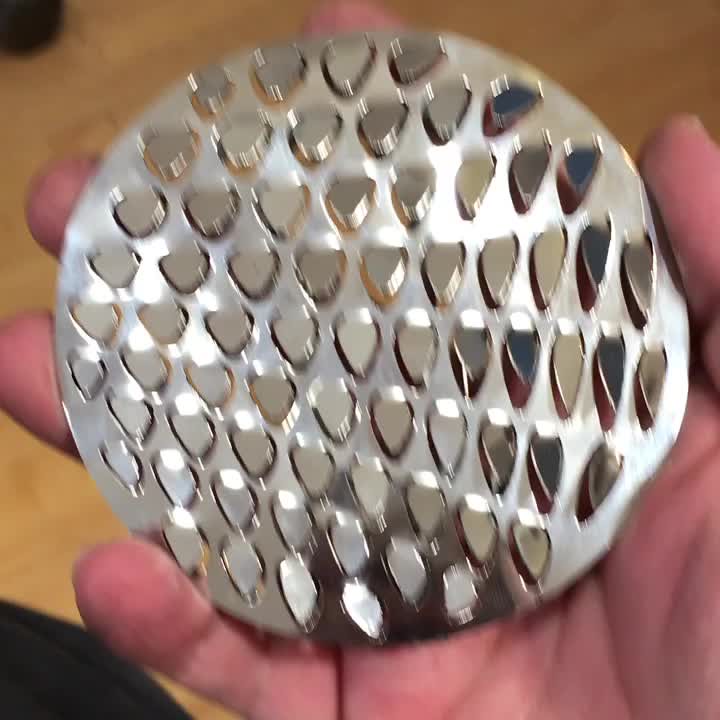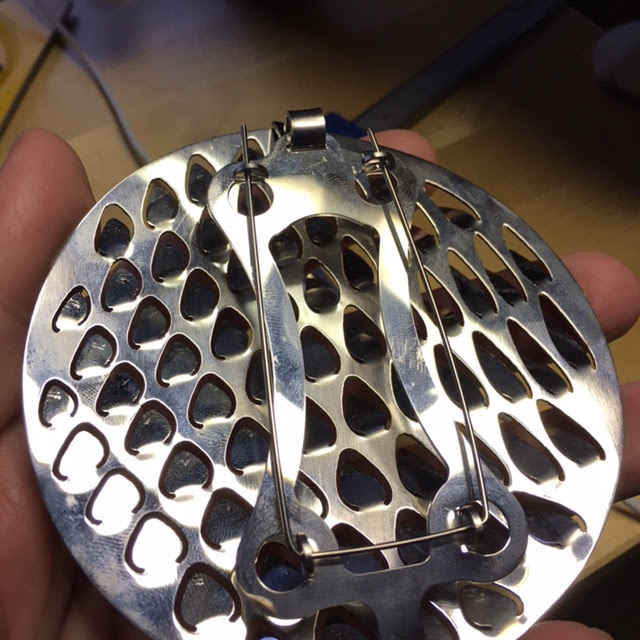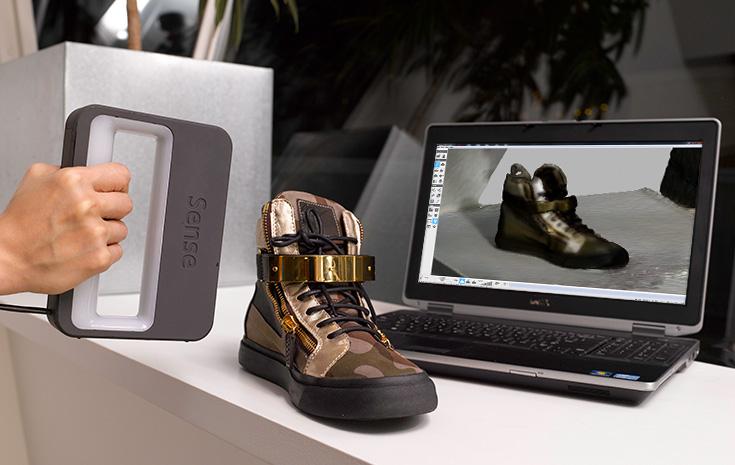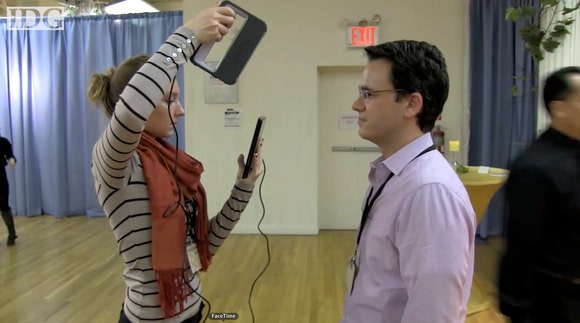- Samples
- Calendar
- Project intro (Cameo/Selfie)
- Scanning
- WIP/individual review (those not getting reviewed can practice scanning)
- Zbrush
1. When you first open Zbrush the Lightbox opens. Imagine Lightbox as being a folder with icons but what is displayed are tools, basic shapes, and sample models.
2. Light box will always stay open unless you hide it. Simple click on the button for Lightbox to hide it.
3. Zbrush is odd. It is very different than most of the software we have used in class. For example, the items in the lightbox are called tools or Ztools. These tools can be geometric shapes. One the right hand side right click the gold S. In the flyout toolbar click on the Ring icon.
4. It is import to do the next few steps in order. First, with the ring tool selected, left click and drag on the gradient background. This will place a ring in the work-area. Before you do anything else click EDIT in the upper toolbar.
5. You will now notice that the tool duplicated itself in the mini lightbox menu on the right hand side of the screen. If you right click drag on the gradated background you can rotate your object. A few pro tips here:
Right click drag on the background rotates
CTRL>Right click drag Zooms
ALT>Right click drag pans

6. In order to lock in your orientation and to make alterations to the geometry of the ring you must click MAKE POLYMESH3D. Again, you will notice that you have made a copy of the Ztool in the mini light box.

7. After making it a PolyMesh you can now drop expand the deformation tab and make changes. This is a way of changing your geometry with some level of accuracy. Remember that organic modeling is often based on haptics (is the science of applying touch (tactile) sensation and control to interaction with computer applications) Basically you can sculpt all day but if you want to scale, rotate, inflate evenly you need to do that in the deformation tab. You will notice small x, y, zs above the slider bars. This determines the orientation of the deformation. Try highlighting just the Y on the size slider and making a barrel ring.

8. Now try sliding the inflate slider to the left (negative) this will essentially deflate your ring
9. I would encourage you to experiment with these sliders. You can get some unique geometry that you cannot get in Sculptris or Rhino. Once you have a grip on deformation expand the geometry tab. Zbrush is strangely linear. Your polygon count can go up and down anytime that you are modeling. To increase you polycount, click divide. To lower it you can click lower res. By dividing a number of times you can edit between divisions but clicking lower res and higher res. If you want to go lower than the lowest division click Reconstruct Subdivisions




10. In the upper tool bar you will notice that you are in DRAW mode. To the right of the DRAW icon there is MOVE, SCALE, ROTATE. If you select one of these modes, you can drag out an edit bar by left clicking on your object and dragging. The edit bar is a line with three circles on it. If you click and drag the outside circle it alters the geometry. If you click drag the inner circle it constrains it. In my mind it is similar to holding down the shift key when you scale with the gumball in Rhino. You will actually notice that the colors and symbols are the same as the gumball in Rhino. These colors will give you hints as to which direction the geometry will move.
11. If this 3D space is disorienting that is because it is. You can turn on the Floor and you will have a "construction" plane that can help orient things.

Once you are done editing your tool you can export an OBJ file that you then can import in to either Rhino or Sculptris.
Is the selfie just a Digital Cameo?
Assignment brief:
Using the 3D systems Sense scanners, Rhino and Sculptris capture geometry and edit it to fit a supplied brooch back. The subject matter can be narrative or self-reflective but must use a portion of your body. These brooches will be put on display in the hallway of J&M. Parts will be printed using the Form 1, Dimension or Shapeways.
Learning outcomes:
Students will learn advanced organic modeling techniques using Sculptris to edit 3D scan
data in order to make a self portrait style brooch.
Skills list:
Sculptris/ Pixelogic’s stand alone organic modeling software
Measuring and modeling to fit polygonal geometry to meet hard surface geometry.
Learn 3D scanning using the 3D systems handheld 3D scanner.
Using stone setting techniques to set unusual material
Translating real life measurements into a digital environment and then outputting it to a 3D printer.
Concept:
Creating a wearable “cameo” with 3D scan data.
Research:
MRI, X-ray, 123D catch, Cameos, Self portrait project, Chuck Close, explore the possibility of the “wearable me”
Questions:
How can 3D scan data help support conceptual content in work?
Does translating the real into virtual change how what is scanned perceived (icon/avatar of yourself)?
Once your likeness is digitized is it yours?
What are other uses for 3D scanning in wearable work?
What role does identity play in your piece?
Expectations:
A wearable piece that takes advantage of 3D printing and 3D scanning technology to include geometry that is relevant to conceptual content. Tests and mock-ups are required. Multiple prints may need to be made in order to fit print to brooch back. With this and all projects for this course renders and spec drawings are to be turned in.



















































No comments:
Post a Comment